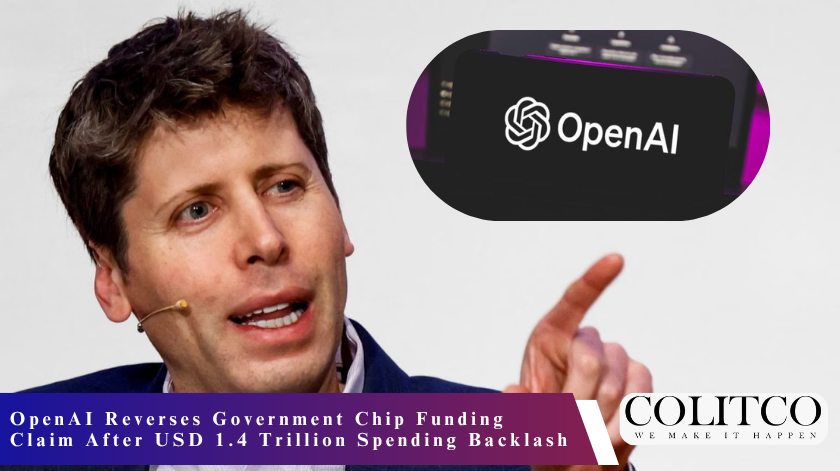OpenAI reverses government chip funding claim as the Company finds itself in damage control mode after a senior executive’s comments sparked controversy over whether the artificial intelligence giant expects taxpayer support for its massive chip and data centre investments. The ChatGPT parent Company moved swiftly to walk back suggestions that it might seek government guarantees for its USD 1.4 trillion infrastructure spending commitments.
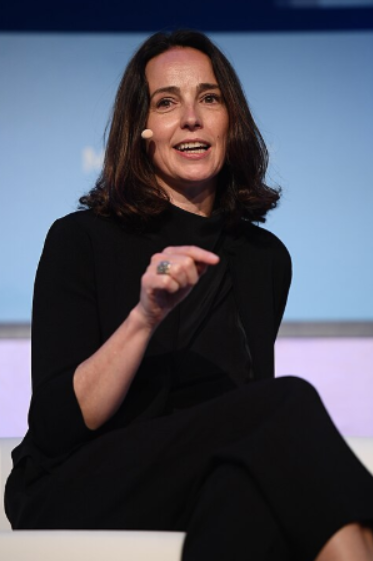
Figure 1: OpenAI CFO Sarah Friar
Chief Financial Officer Sarah Friar triggered the firestorm on Wednesday when she indicated the US government should provide a financial backstop for OpenAI’s aggressive AI hardware purchases. Within hours, both Friar and CEO Sam Altman issued clarifications, insisting the Company neither has nor wants government guarantees for its data centre operations.
What OpenAI’s CFO Actually Said
Friar’s remarks at a Wall Street Journal technology conference on Wednesday raised immediate red flags. OpenAI Reverses Government Chip Funding Claim within hours after the incident. She suggested the US government could backstop OpenAI’s infrastructure financing arrangements, which would substantially reduce borrowing costs and increase the amount of debt the Company could secure.
The CFO explained that such a guarantee could drop financing costs whilst increasing the loan-to-value ratio, allowing OpenAI to take on significantly more debt against its equity base. When pressed by the journal whether she meant federal government backing, Friar confirmed that was precisely what she had in mind.
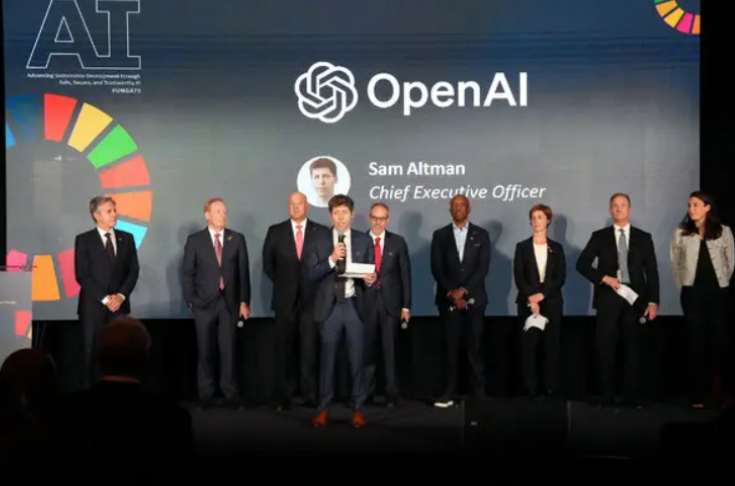
Figure 2: OpenAI executives addressing an event
She argued the US government has been forward-leaning in recognising AI as a national strategic asset. Friar emphasised OpenAI’s consistent access to White House discussions on AI policy matters, including conversations about potential government guarantees for infrastructure investments.
The Company has committed USD 1.1 trillion in agreements with chipmaking firms and cloud computing providers to fuel its expansion. Just days earlier, OpenAI announced a USD 38 billion deal with Amazon to expand cloud computing services over seven years.
OpenAI Reverses Government Chip Funding Claim After CFO Sparks Controversy
Friar’s initial statement drew fierce criticism because it appeared to suggest American taxpayers should bear the financial risk if OpenAI cannot meet its chip purchase obligations. The comparison to parents co-signing a lease resonated uncomfortably with many observers.
The proposal struck a particularly sour note given OpenAI’s USD 500 billion valuation as a private Company. Critics questioned why taxpayers should guarantee investments for a privately-held firm from which they would see no direct returns if it succeeds.
Responding to this OpenAI AI hardware development news Mike O’Rourke, chief market strategist at Jones Trading, questioned whether there would eventually be political movements to forgive AI chip loans similar to student loan forgiveness programmes. He asked if OpenAI could wind up in conservatorship like mortgage giants Fannie Mae and Freddie Mac did during the financial crisis.
O’Rourke described it as absurd that OpenAI insiders expected the US government to furnish preferential borrowing rates whilst they grow their privately-held share values on the backs of American taxpayers. His commentary reflected broader concerns that have been mounting in recent months about OpenAI’s ability to fund its commitments.
The OpenAI AI hardware development news intensified existing worries amongst investors and Silicon Valley watchers. Many have questioned whether OpenAI truly understands how it will pay for USD 1.4 trillion in infrastructure commitments without creative financial manoeuvring.
Industry Outlook and Market Implications
This US government AI chip investment update shows the global AI chip market is also growing at an unprecedented pace with a projected size of up to USD 400 billion by 2027 according to industry estimates. The capital outlay on data centres is anticipated to approach USD 6.7 trillion over the next decade, mostly funnelled toward AI chip systems and infrastructure.

Figure 3: Nvidia and OpenAI partnership visual
OpenAI’s dealmaking spree with companies including Nvidia, AMD, Amazon and Oracle has helped prop up technology stock valuations. Any questions about the Company’s financial stability create ripple effects across the broader market, given its central role in the AI ecosystem.
Sam Altman Steps In to Control the Narrative
By Thursday morning, OpenAI CEO Sam Altman intervened personally to clarify the Company’s position. He revealed OpenAI expects to generate USD 20 billion in revenue this year and plans to scale to hundreds of billions in annual revenue by 2030 through investments in enterprise AI and consumer devices.
Altman’s US government AI chip investment update also suggested that governments could consider investing in their own data centres. He stressed that the Company believes it’s not the government’s place to pick winners and losers in the free market.
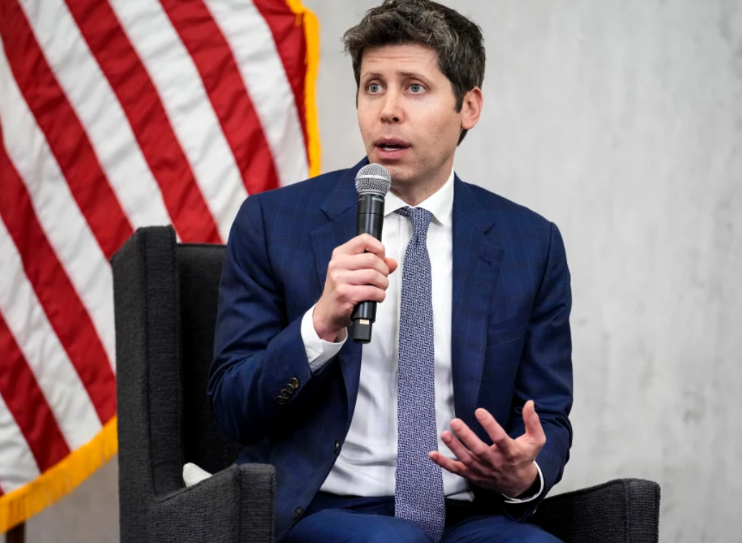
Figure 4: OpenAI CEO Sam Altman
The CEO acknowledged that if OpenAI makes poor business decisions and cannot recover, it should fail. He stated that other companies would continue serving customers and doing quality work, describing this as how capitalism functions properly.
Altman did suggest, however, that governments could consider investing in their own data centres. He also mentioned the possibility of guaranteeing loans specifically for building new US chip fabrication plants, aligning with White House pushes for domestic semiconductor manufacturing to protect national security.
Trump Administration Weighs In on AI Bailouts
President Donald Trump has outlined the building of AI infrastructure and American preeminence in the global AI competition as priorities for the nation. His administration is striving to lower AI regulations and accelerate the permitting process for new data centres and energy infrastructure.
Trump’s AI Czar David Sacks moved quickly to shut down speculation about federal bailouts for AI companies. He stated unequivocally on Thursday that there would be no federal bailout for AI firms, emphasising that if one Company fails, others will take its place.
Sacks pointed out the US has at least five major frontier model companies, suggesting the market has sufficient depth to withstand individual Company failures. His comments reinforced the administration’s stance that market forces should determine which AI companies succeed.
The Profitability Question Remains Unanswered
OpenAI is still unprofitable five years after its founding, despite a massive valuation and ambitious revenue projections. Earlier this year, Friar said that OpenAI was forecasting revenue of USD 13 billion in 2025, though it was now higher.
At the Wall Street Journal event, Friar acknowledged OpenAI is not overly focused on reaching a break-even moment as it continues ramping up spending. The Company also is not immediately targeting an initial public offering, despite recent changes to its ownership structure that could facilitate a future public listing.
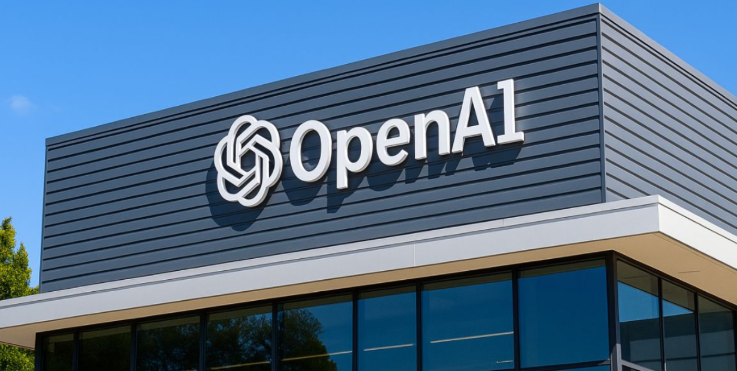
Figure 5: OpenAI headquarters building
Concerns continue mounting amongst analysts about the potential for an AI bubble that could burst and wreak havoc on an already slowing economy. The concentration of AI spending amongst a few incredibly wealthy firms has led some to question whether any should be considered too big to fail.
OpenAI Reverses Government Chip Funding Claim: What This Means for OpenAI’s Stakeholders
The controversy highlights the interconnected nature of today’s AI ecosystem. Companies including Broadcom, CoreWeave, AMD and Oracle would all face negative impacts if OpenAI cannot sufficiently monetise its business to support its commitments exceeding USD 1 trillion.

Figure 6: Generic Representation of funding
D.A. Davidson analyst Gil Luria suggested the message to the government has likely been received, despite the public walkback. Given the Trump administration’s track record of supporting companies deemed important to US national security, he believes a government stake in OpenAI remains possible.
The government has previously taken equity stakes in technology companies like Intel and various materials firms. AI has become a geopolitical battleground, evidenced by the rapid rise of China’s DeepSeek and Chinese chip manufacturers challenging established US players.
Nvidia CEO Jensen Huang stated on Wednesday that China is nanoseconds behind America in AI development. He emphasised it is vital that America wins by racing ahead and attracting developers worldwide.
The Broader Competitive Landscape
Despite OpenAI’s prominent role, the Company remains orders of magnitude smaller than leading hyperscalers like Alphabet. Whilst ChatGPT leads amongst chatbots, it operates in a crowded field of large language models.
Google’s Gemini has made significant progress, chipping away at ChatGPT’s advantages in recent months. Analysis suggests Anthropic has already overcome OpenAI’s early lead in providing application programming interfaces to business customers.

Figure 7: AI semiconductor chip concept illustration
This competitive reality makes claims that OpenAI is vital for national security or maintaining US AI leadership appear questionable. The existence of multiple strong competitors suggests the market could absorb OpenAI’s failure without catastrophic consequences.
Final Thoughts on OpenAI Reverses Government Chip Funding Claim
OpenAI Reverses Government Chip Funding Claim reveals the delicate balance the Company must strike. It needs massive infrastructure investments to maintain its competitive position, but cannot appear to expect taxpayer support for private gain.
The incident highlights concern around how the AI companies will be able to finance their aggressive expansion plans and actually produce returns that validate their valuations. With an AI arms race gaining speed, OpenAI and its rivals will come under growing financial pressure.
For now, OpenAI says it will stand on its own or fall. Yet whether the Company’s revenue projections and how it will monetise its business model can sustain USD 1.4 trillion in infrastructure promises is the trillion-dollar question that still confronts the AI industry.

